Table of Contents
Introduction to Spice Powder
Spice powders are essential ingredients that transform ordinary meals into extraordinary culinary experiences. According to the USDA Food Safety and Inspection Service, proper spice storage and usage directly impact food safety and flavor quality. This comprehensive guide provides evidence-based information on selecting, storing, and using spice powders to maximize flavor while maintaining food safety standards. Whether you're a home cook or professional chef, these science-backed techniques will elevate your cooking.
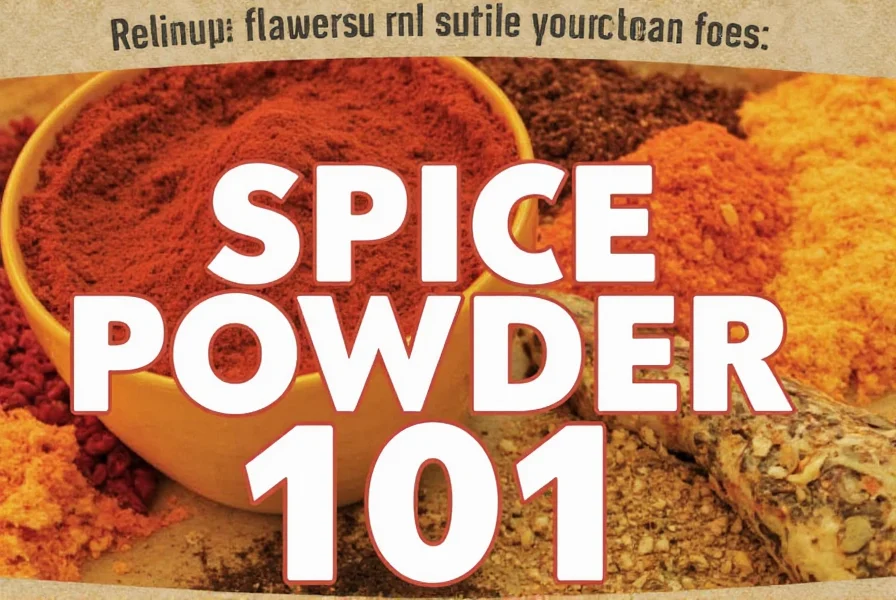
What Is Spice Powder?
Spice powder is made by grinding dried herbs, seeds, or roots into a fine powder. As explained by the Institute of Food Technologists, this process enhances flavor release and distribution in dishes compared to whole spices. The grinding process also increases surface area for better interaction with food molecules during cooking.
Some common examples include:
- Cumin
- Paprika
- Coriander
- Cinnamon
- Chili powder
- Garam masala
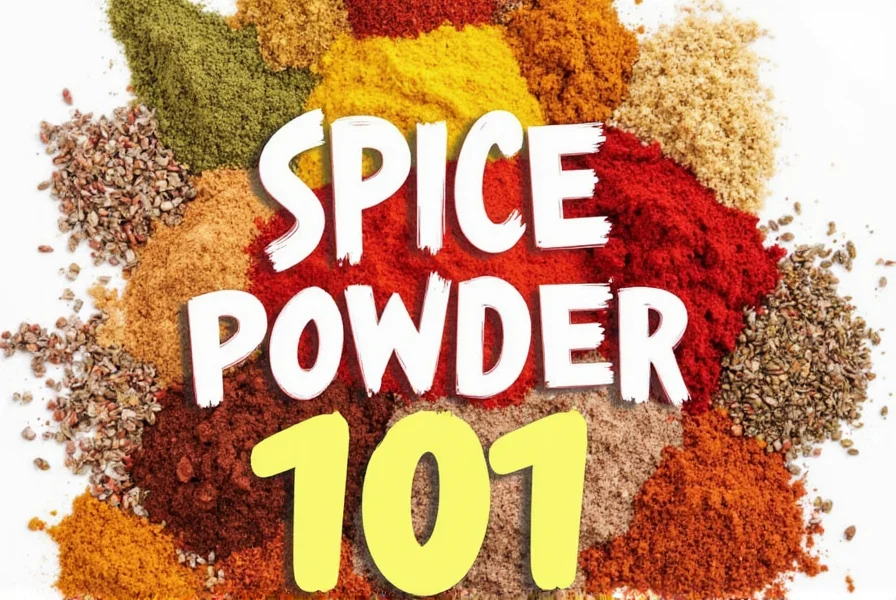
How to Choose the Right Spice Powder
Professional chefs from the Culinary Institute of America recommend these criteria for selecting quality spice powders:
- Freshness: Fresh spice powder has more intense flavor and aroma. Look for products with recent harvest dates or buy in small quantities. The USDA advises that spices lose potency after 6-12 months when stored improperly.
- Quality: High-quality spice powders are made from pure, organic, or non-GMO ingredients. Avoid those with fillers or artificial additives. The American Spice Trade Association recommends checking for clear labeling of origin and processing methods.
- Origin: Some spices are better grown in certain regions. For example, Indian garam masala tends to be more aromatic than its Western counterparts due to specific climate conditions.
- Intensity: Some powders, like cayenne or chili, can be extremely hot. Know your heat tolerance before using them. The National Institute of Food and Agriculture provides heat level guidelines for chili varieties.
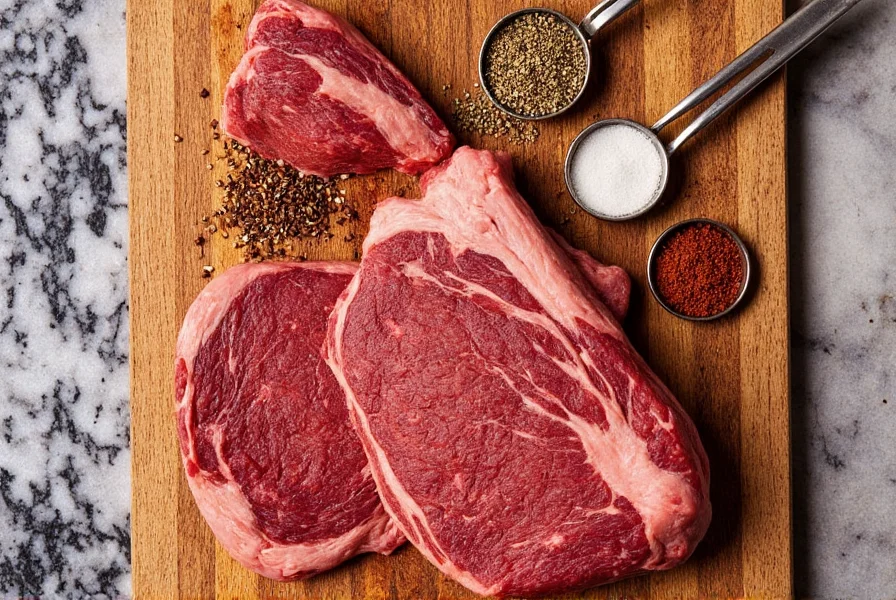
Top 10 Tips for Using Spice Powder
Whether you're cooking for yourself or experimenting in the kitchen, these evidence-based tips from professional chefs will help you get the best out of your spice powders:
- Start small: You can always add more, but you can't take it back once it's too much. The Culinary Institute of America emphasizes gradual seasoning for balanced flavor profiles.
- Toast before grinding: Toasting whole spices before grinding enhances their flavor. Try this with cumin or coriander. This technique releases essential oils and improves flavor intensity.
- Store properly: Keep spice powders in airtight containers away from light and heat. They lose potency over time. The USDA recommends storing spices in cool, dark places to maintain freshness.
- Use fresh ground: Pre-ground spice powders can lose flavor quickly. Grind your own when possible for maximum flavor impact.
- Combine wisely: Some spices go well together, while others clash. Learn classic combinations like turmeric and cumin in Indian cuisine. The American Chemical Society has studied spice synergy in food science.
- Balance heat: If your dish is too spicy, add a bit of sugar, yogurt, or cream to mellow it out. This technique is recommended by professional chefs for balanced flavor profiles.
- Experiment with ratios: Don't be afraid to tweak spice levels to suit your taste. The International Association of Culinary Professionals encourages personalization of spice blends.
- Try different varieties: There are many types of paprika, cumin, and chili—each with unique flavors. The USDA provides detailed information on spice varieties and their characteristics.
- Pair with fats: Spices blend better with oil, butter, or cream. Use them in sauces or marinades. Food science research shows that fat molecules help distribute spice flavors evenly.
- Label your mixes: If you create your own spice blends, label them clearly so you know what they contain. This practice is recommended by food safety experts for kitchen organization.
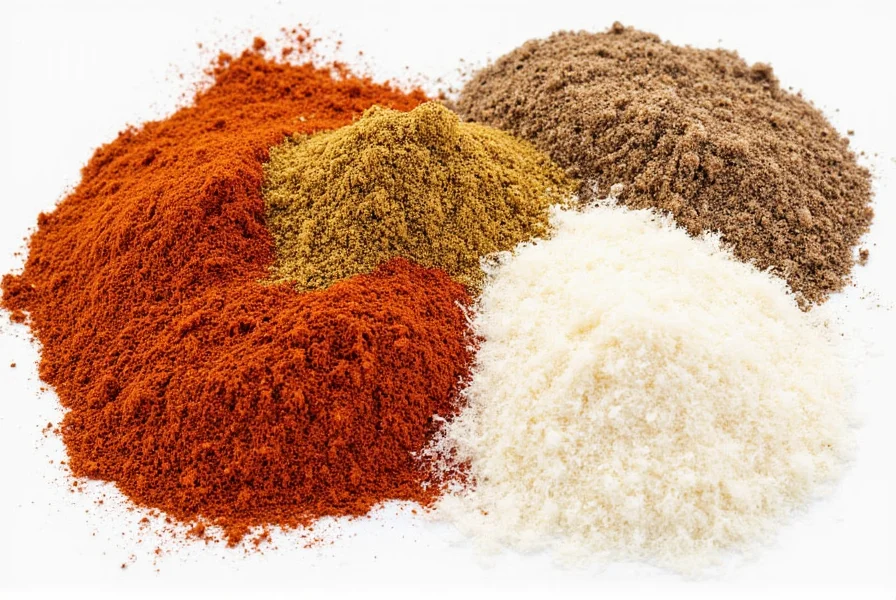
The Ultimate Buying Guide for Spice Powders
If you're looking to build your spice powder collection, here's a breakdown of some popular options based on USDA and culinary expert recommendations:
1. Cumin Powder
Features: Earthy, nutty, and slightly bitter. Used in Indian, Mexican, and Middle Eastern cuisines.
Advantages: Adds depth to soups, stews, and curries. Great for roasting vegetables.
Use Cases: Chili, hummus, tacos, and spice blends like garam masala.
Target Audience: Home cooks and chefs who enjoy bold, warm flavors.
Suitable Occasions: Weeknight dinners, barbecues, and festive meals.

2. Paprika
Features: Sweet, smoky, or spicy, depending on the variety. Made from dried peppers.
Advantages: Adds color and flavor to dishes. Works well in both savory and sweet recipes.
Use Cases: Hungarian goulash, Spanish chorizo, and deviled eggs.
Target Audience: People who love colorful, flavorful food.
Suitable Occasions: Parties, holiday meals, and everyday cooking.
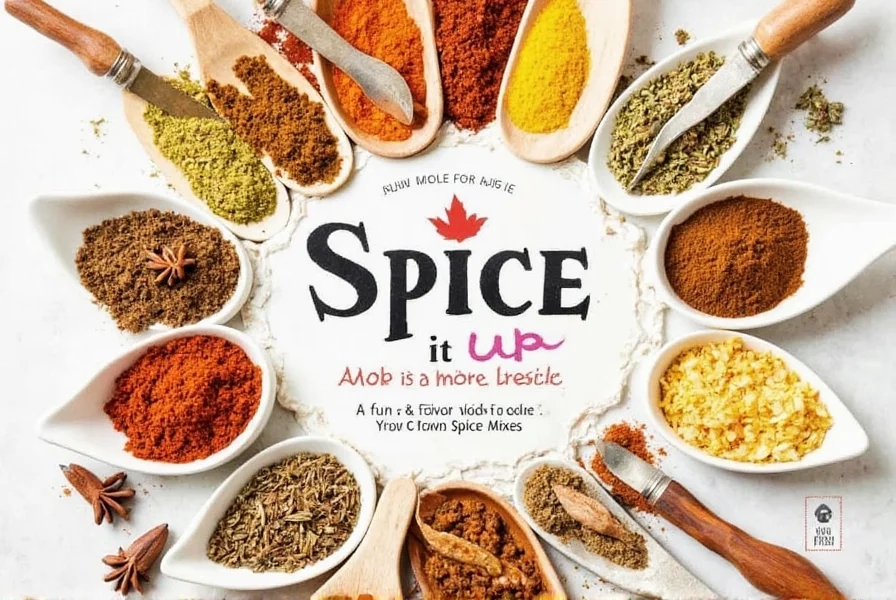
3. Chili Powder
Features: A blend of ground chilies, garlic, and cumin. Often used in Mexican cuisine.
Advantages: Adds heat and depth. Ideal for meat dishes and salsas.
Use Cases: Tacos, enchiladas, and chili con carne.
Target Audience: Spicy food lovers and Mexican cuisine enthusiasts.
Suitable Occasions: Cinco de Mayo, family dinners, and game days.
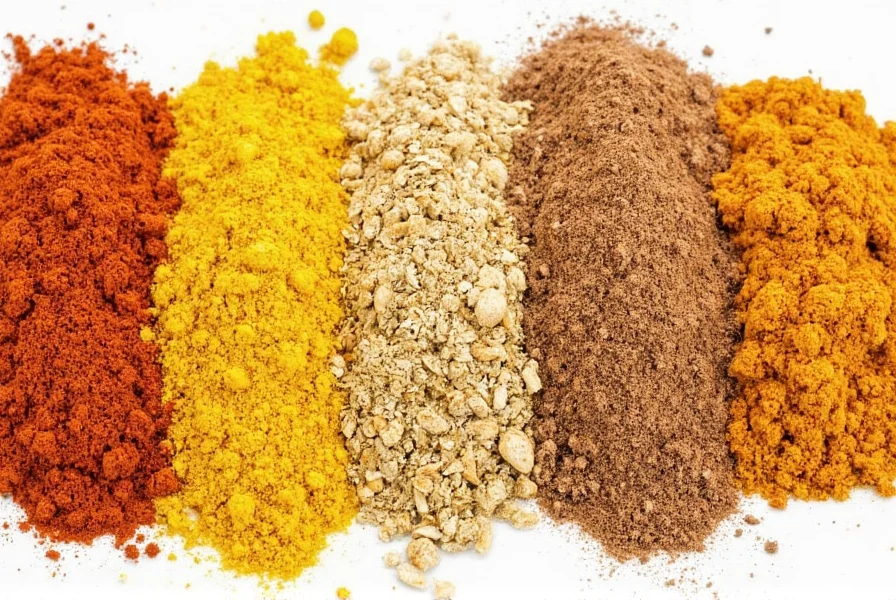
4. Garam Masala
Features: A mix of ground spices like cinnamon, cardamom, cloves, and cumin.
Advantages: Adds warmth and complexity. Common in Indian cooking.
Use Cases: Biryani, dal, and chicken curry.
Target Audience: Those who enjoy Indian flavors and authentic recipes.
Suitable Occasions: Dinner parties, special occasions, and home-cooked meals.

5. Coriander Powder
Features: Citrusy and slightly sweet. Made from dried coriander seeds.
Advantages: Enhances the flavor of meats, vegetables, and lentils.
Use Cases: Curries, soups, and spice rubs.
Target Audience: Cooks who want a subtle, fragrant addition to their dishes.
Suitable Occasions: Everyday cooking and comfort food.
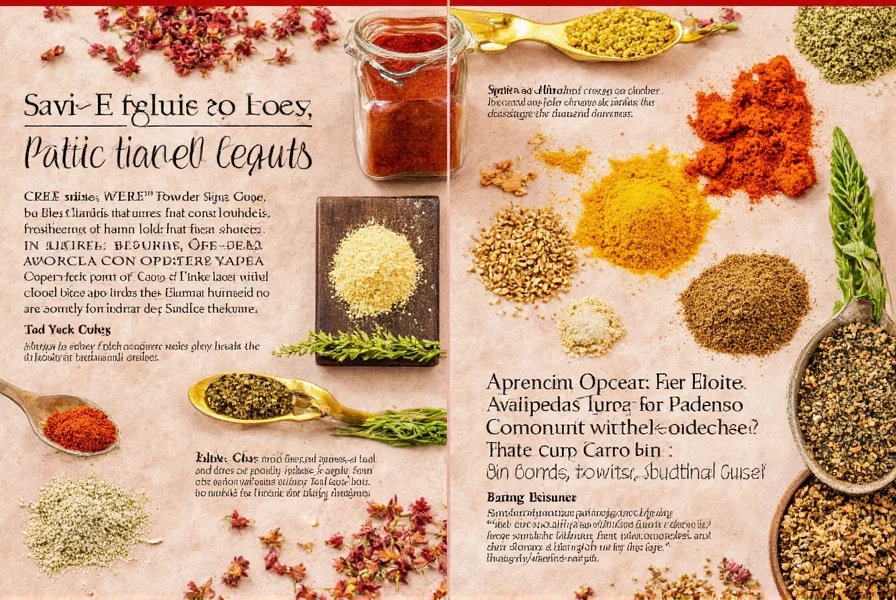
A Comparison of Popular Spice Powders
To help you choose the right spice powder for your needs, here's a quick comparison table based on USDA and culinary expert recommendations:
| Spice Powder | Flavor Profile | Heat Level | Best For |
|---|---|---|---|
| Cumin | Earthy, nutty | Low | Curries, stews, roasted veggies |
| Paprika | Smoky, sweet | Low to medium | Meat dishes, dips, baked goods |
| Chili Powder | Spicy, pungent | Medium to high | Tacos, chili, salsas |
| Garam Masala | Warm, aromatic | Low | Indian dishes, lentils, rice |
| Coriander | Citrusy, sweet | Low | Curries, soups, spice rubs |
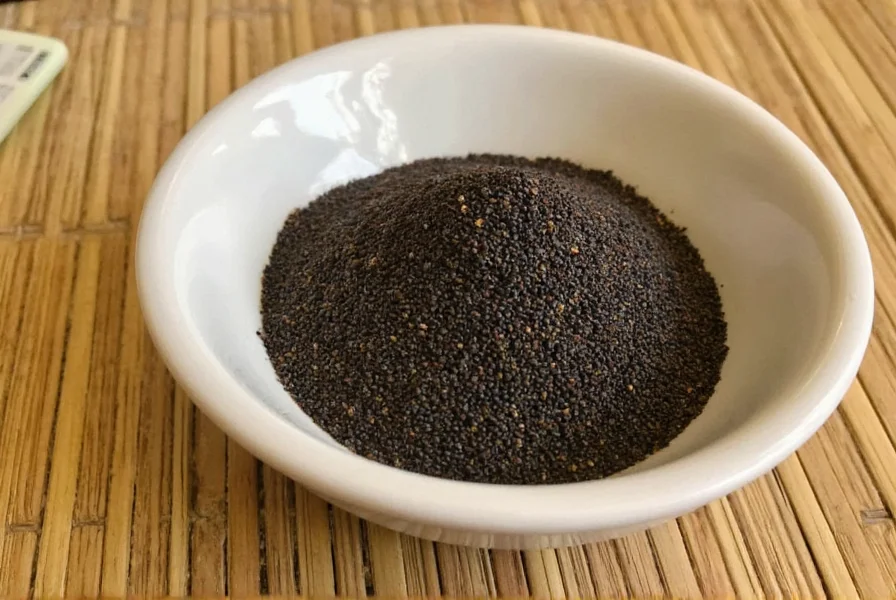
Frequently Asked Questions About Spice Powder
- How long do spice powders last before losing potency?
- According to the USDA Food Safety and Inspection Service, most spice powders retain their best flavor for 6-12 months when stored properly in airtight containers away from heat and light. After this period, they don't spoil but gradually lose their aromatic compounds and flavor intensity. Whole spices generally last longer (2-3 years) than pre-ground powders. A simple test is to rub a small amount between your fingers and smell it—if the aroma is weak, it's time to replace it.
- What's the difference between spice blends and single spice powders?
- Single spice powders are made from one type of spice (like pure cumin or paprika), while spice blends combine multiple ground spices to create complex flavor profiles (like garam masala or curry powder). Single spices give you precise control over individual flavors, while blends offer convenience and balanced flavor combinations that have been perfected through culinary tradition. Many experienced cooks use both—single spices for building flavors from scratch and blends for quick, authentic results. The American Spice Trade Association provides detailed information on spice blend composition.
- Can I make my own spice powders at home?
- Absolutely! Making your own spice powders is simple and yields superior flavor. Start with whole spices, toast them gently in a dry pan until fragrant (being careful not to burn them), then grind them using a dedicated spice grinder or mortar and pestle. The key advantages are freshness and customization—you can adjust ratios to suit your taste. Store homemade powders in small, airtight containers and use within 3-6 months for best results. Note that some spices like turmeric benefit from being dried before grinding. The Institute of Food Technologists has published detailed guidelines for home spice grinding.
- How can I tell if my spice powder has gone bad?
- Spice powders rarely "go bad" in the sense of becoming unsafe to eat, but they do lose potency over time. Signs your spices may be past their prime include: faded color, weak aroma (try the sniff test), clumping (which may indicate moisture exposure), or a musty smell. If your spices don't noticeably flavor your food despite using normal amounts, they've likely lost their potency. Proper storage in cool, dark places in airtight containers can significantly extend their useful life. The USDA provides detailed storage guidelines for spices.
- What are the top five secrets for mastering flavor with spice powders?
- 1) Bloom spices in oil before adding liquids to release essential oils and deepen flavors
2) Add different spices at different cooking stages—earlier for deeper integration, later for brighter notes
3) Balance the "holy trinity" of spice, acid, and fat for complete flavor profiles
4) Keep a spice journal to track successful combinations and ratios for your personal taste
5) Always taste as you go and adjust gradually—flavor building is an iterative process that requires attention and patience
These techniques are recommended by professional chefs and food scientists from the Culinary Institute of America and the American Chemical Society. - Should I keep spice powders in the refrigerator or freezer?
- Generally, it's best to store spice powders in a cool, dark cupboard rather than the refrigerator, as moisture from the fridge can cause clumping and degrade quality. The exception is for very humid climates—some chefs recommend freezer storage for long-term preservation (6+ months). If freezing, use airtight containers and allow spices to come to room temperature before opening to prevent condensation. For most home cooks, proper pantry storage is sufficient for the typical 6-12 month usage period. The USDA provides specific storage recommendations based on climate conditions.
- Why do some spice powders vary so much in color and strength?
- Several factors affect spice powder quality: growing conditions (soil, climate), harvest time, processing methods, and storage. For example, paprika can range from bright red to deep orange depending on the pepper variety and drying process. Turmeric's vibrant yellow comes from curcumin content, which varies by region. This is why reputable brands often specify origin—they've standardized their sourcing for consistent quality. When a recipe calls for "sweet paprika" or "hot paprika," these aren't just flavor descriptions but indicate specific varieties with consistent properties. The USDA maintains detailed records on spice variety characteristics.
Conclusion
Spice powders are more than just seasonings—they're essential tools for creating complex, balanced flavors in any dish. According to the USDA and Culinary Institute of America, proper spice selection, storage, and usage techniques can significantly improve food safety and flavor quality. Whether you're a seasoned cook or just starting out, understanding these science-backed principles will elevate your cooking to new heights. Remember: freshness, quality, and precise technique are the keys to mastering spice powders in your kitchen.

Spice powders are a versatile and powerful tool in any kitchen, capable of transforming ordinary meals into extraordinary experiences when used with proper technique and knowledge.










 浙公网安备
33010002000092号
浙公网安备
33010002000092号 浙B2-20120091-4
浙B2-20120091-4